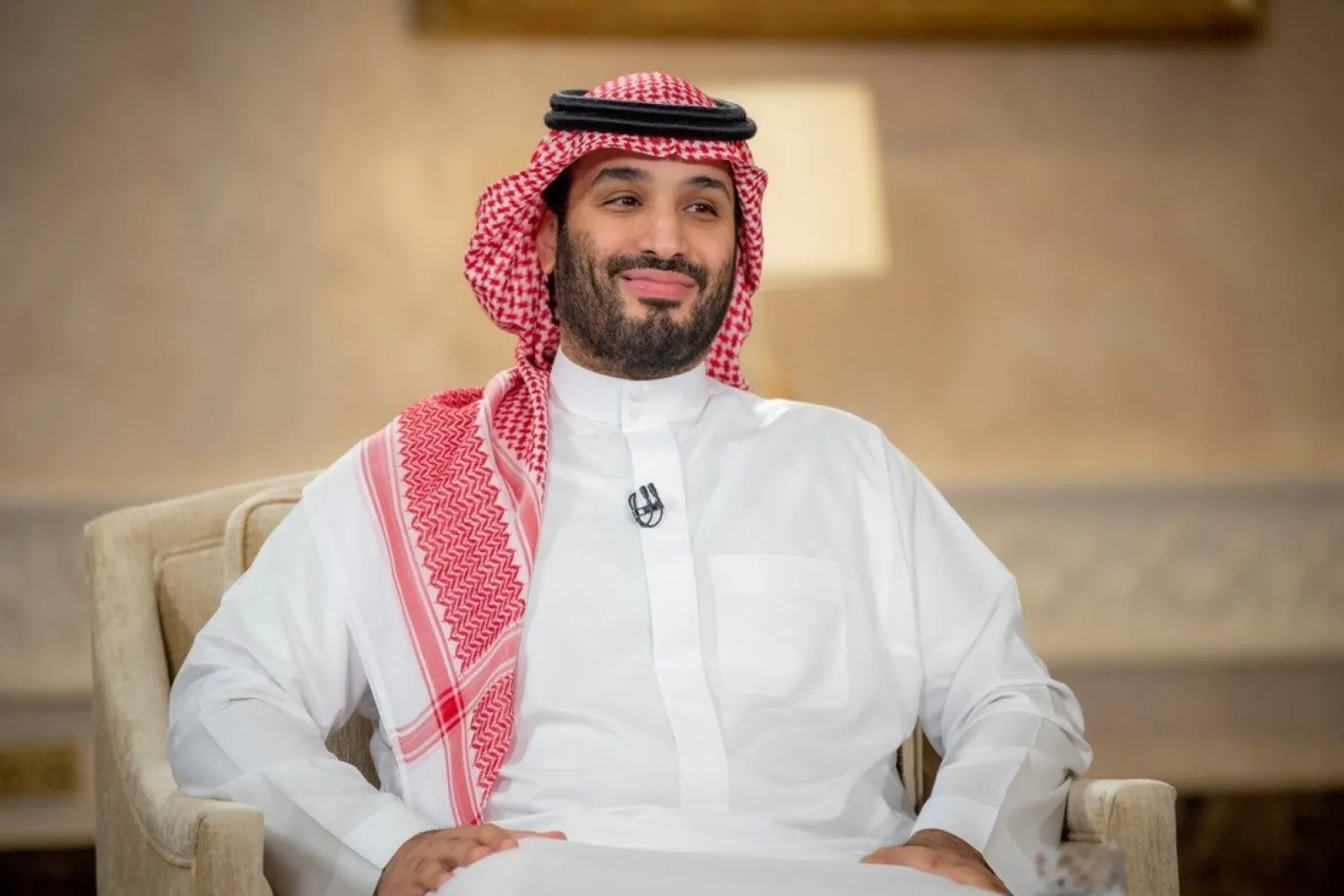Saudi Crown Prince Mohammed bin Salman, Deputy Prime Minister and Minister of Defense, listed on Tuesday the achievements of the Kingdom’s Vision 2030, saying so much has been accomplished in five years.
In an interview aired on Saudi TV to mark the fifth anniversary of the Vision, he said that the greatest challenge was housing.
“We had a housing problem for 20 years that we could not resolve, and citizens were waiting nearly 15 years to receive a loan or a housing subsidy,” he said, noting that the level of housing was always between 40-50 percent and before the Vision it was 47 percent.
“During the reign of King Abdullah about 250 billion riyals were allocated in 2011. In 2015, out of these 250 billion, only 2 billion were disbursed and it was not utilized, and the Ministry of Housing could not transfer them into existing projects because the state was quite weak,” he said, explaining that ministries were “scattered” and no public policy existed.
The Ministry of Housing could not succeed without a general policy for the state in coordination with the municipalities, the Central Bank the Ministry of Finance.
“So, these 250 billion were returned back to the treasury and an annual budget was disbursed but the outcome was that the percentage of housing increased from 47 percent to 60 percent within four years only and this is quite an indicator showing where we are heading,” Crown Prince Mohammed added.
In the fourth quarter in 2019 the non-oil economy grew about 4.5 percent, he noted. “If it weren’t for the pandemic in 2020, it would have exceeded 5 percent in the non-oil sector. We will return to those levels hopefully this year, the coming years and even more in the future.”
Unemployment at the beginning of the Vision was about 14 percent in the first quarter of 2020, he remarked, stressing that the aim is to reach 11 percent in 2021.
“I don’t want any Saudi to be without a job. We are in the forefront … in Q4 of 2020 we sat at 12 percent now. This year we will break the 11 percent barrier, and I think that the Vision’s target of 7 percent will be achieved way before that,” declared Crown Prince Mohammed.
“Once we achieve normal unemployment rates between 4 to 7 percent, which is a normal rate, we will want to work on the next step, which is improving jobs and job opportunities and increasing the income of the 50 percent holding poor jobs,” he continued.
“You will not be able to improve jobs until you improve the working force.”
He stated that commercial license used to take days to be issued, now it can be done in half an hour through an online process. Foreign investments have tripled up to 17 million a year.
“The Saudi market was stuck after the last crisis between 4,000 points to 7,000 points. Now we exceeded 10,000, which means that the private sector has started to grow,” continued Crown Prince Mohammed.
“If we have an opportunity, we should grab it whether it’s 10, 100, 1,000, or tens of thousands of opportunities. We will develop our human resources and abilities of the government to achieve these opportunities,” he said. “This will all open new horizons.”
He stressed that the Kingdom was surpassing its objective before the deadline set by the Vision.
He cited housing as an example. “For housing, the objective is 60 percent. We did reach 60 percent in 2020. So, 62 percent should be reached before 2025. So, we have gone beyond the said objectives.”
He noted that the Public Investment Fund sought a size of 7 trillion riyals in 2020. “We are going to amend it to 10 trillion riyals in 2030.”
“Numbers that we thought were huge and unachievable have been partially met in 2020 and we will break even more numbers in 2025, which means that we will achieve even higher numbers in 2030,” he continued.
“We started establishing strategic policies and commissions under my chair to translate the Vision covering every sector – housing, energy, industry, quality of life etc. and other strategies.”
“We have sought to establish the Budgeting Bureau, which aims to draft the state budget so that it would not be restricted to the Finance Ministry,” he continued.
The financial commission has been established that meets regularly to align the budget and we’re about to finish with the Policies Office,” revealed Crown Prince Mohammed.
“There is a wrongful perception that Saudi Arabia would like to dispose of the oil. Not at all. We want to exploit everything whether the oil sector or other sectors,” he went on to say.
“We want to increase the benefit we reap from the oil to manufacturing industries and others and then to produce other opportunities away from the oil sector to diversify our economy.”









